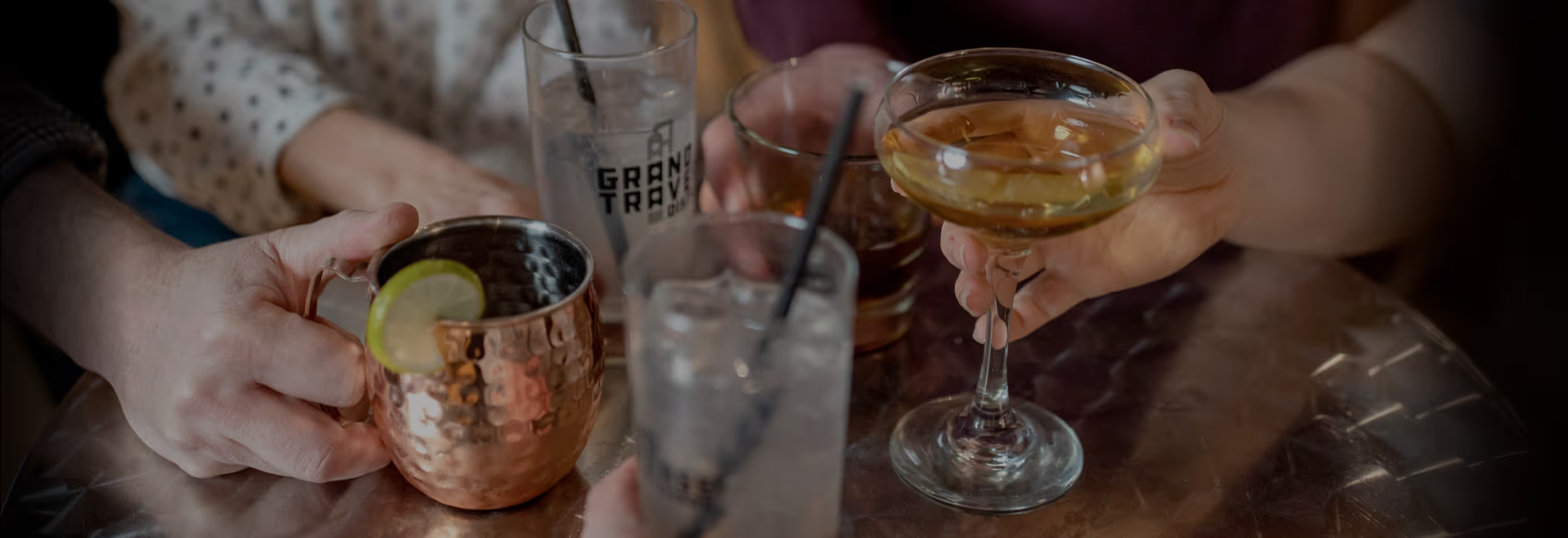

As many of you know we have utilized many different types of barrels for our aged products, including our whiskeys, gins, and rums. Our standard barrel is a new American white oak barrel, but you may be asking yourself why that's the case. We'll describe why we use the barrels we do, why we finish our products in different barrels, and where you might see other types of barrels in the beer, wine, and spirits industry.

In most distilleries everywhere you go in the world you'll find oak barrels. These are the most ideal, especially for whiskey distilleries due to their porosity which gives off intense flavors, and the abundance of which oak trees are grown. It's a widely accessible type of barrel for most people in the industry to get ahold of and can be reliable in terms of flavors throughout the aging process, however, there are many other factors to consider when looking for consistency in barrel aging.

There are different types of oak barrels, and typically you'll see specific ones used between industries. It's more typical for wineries for example to use French oak barrels specifically while distilleries tend to opt for the American white oak. The two oak types impart different flavors. The French oak barrels have a tighter grain, and promote lighter flavors such as vanilla and honey, while American oaks are more porous and create deeper flavors like caramel, toffee, and molasses. Because wine has so many flavors and gets a lower ABV than whiskey does, the French oak barrels compliment the grapes more than an American white oak would, however, for distilleries, it's desirable to get those deeper tasting notes since that's where most of the flavor and color are coming from when drinking a whiskey.
With these oak barrels, there are also different levels of char, which also create a significant difference in terms of flavor and color of the whiskey. The char level goes from 1-4, 1 being the lightest char and 4 being the heaviest. The barrels we use are #4 char, which are considered heavily charred and leave the interior of the barrel black with an alligator skin look after being charred for 55 seconds. A #4 char also has the advantage of acting as a natural filtration system as the bourbon or whiskey gets pulled and pushed in and out through the barrel with the higher level of carbon from the charring process. French oak barrels are typically a #2 char which is considered a toasted barrel and is charred for 30 seconds. These char levels also create different flavors where the heavier char creates richer notes while a lighter char has lighter flavors.
Many other types of barrels you'll see include Sherry Casks, stainless steel barrels, Acacia barrels, Amburana barrels etc. Many types of barrels might have one purpose for one type of spirit like the Amburana Barrels being used specifically to barrel age Cachaça, while some had a purpose before hand and get a second or third life being used to barrel finish spirits. We do this a lot so we can keep our large supply of new American white oak barrels in use for our Bourbon, which has to be aged in new American white oak barrels for at least 3 years to be considered Bourbon, and then can get creative with the flavors by barrel finishing in different barrels. We've done this before with Sherry Casks, French Oak barrels, Maple casks, Amburana barrels, high vanillin barrels, and many more. This is what being a craft distillery allows us to do is step outside the norm a bit and experiment to create unique and delicious bourbons and whiskeys.
.png)
Keep your eye out for our newsletters and blog updates to see when we'll have new whiskey and bourbons coming out. Our next product drop will be on Monday, August 5th with our Amburana Bourbon, and we're very excited to share that one with everyone!